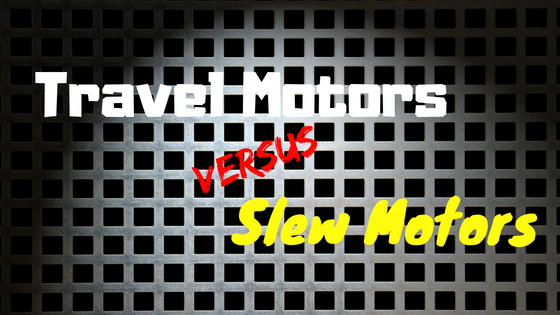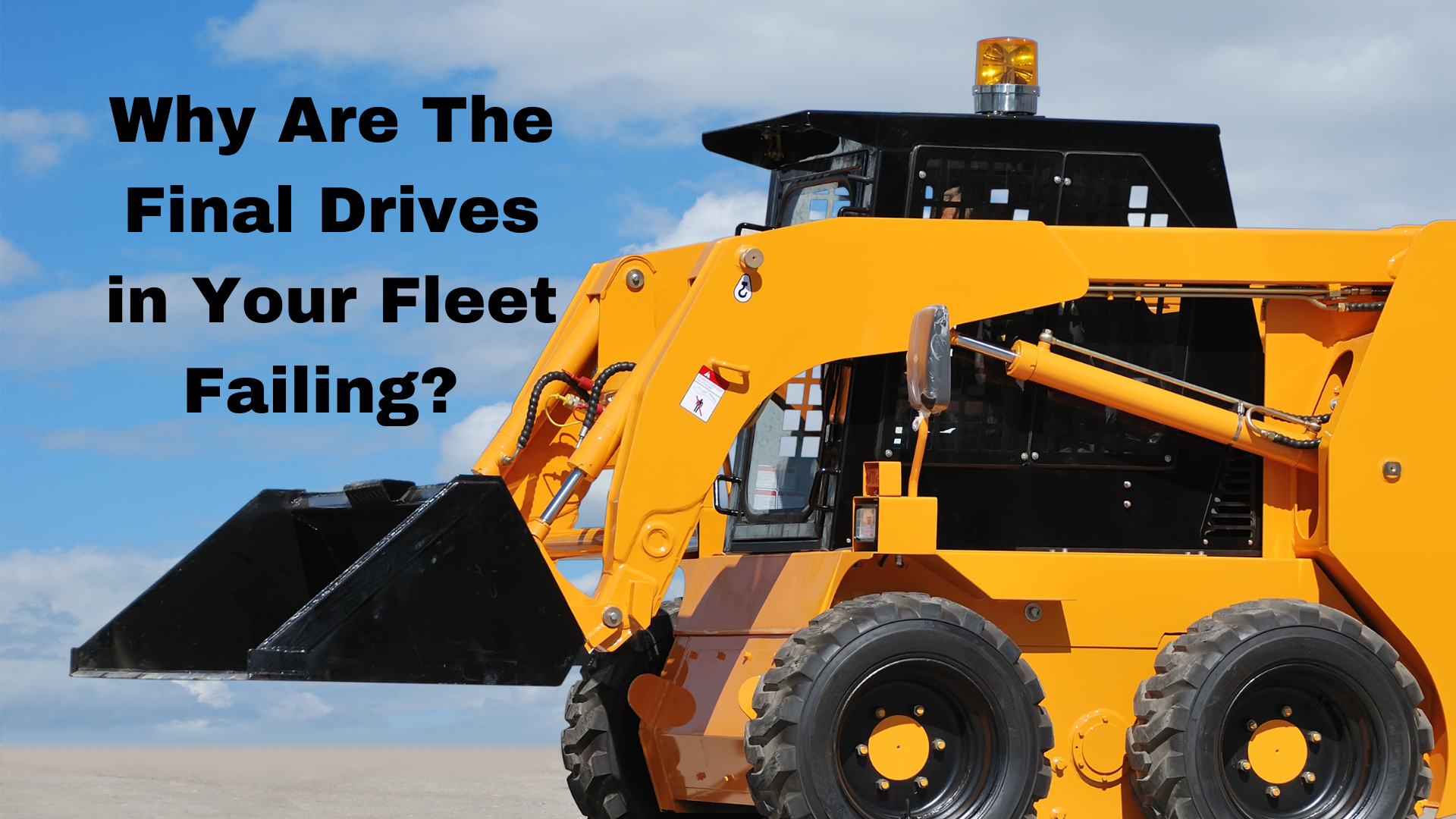Travel Motors versus Slew Motors: What’s the Difference
Jul 25th 2018
Hydraulic Motors
There are so many ways to classify hydraulic motors, but for many of us the most practical way is by function. Hydraulic motors serve many different purposes, and their design often depends on the type of application they are intended for. In this Shop Talk Blog post, we are going to discuss the types of hydraulic motors by looking at their function, e.g., slew, propel, travel, etc.
Travel Motors
Let’s start with travel motors, also referred to as propel motors. The term travel motor refers to motors that provide propulsion, as opposed to swing motors or slew motors that enable equipment to rotate. Travel motors are used on a variety of both compact and heavy equipment, and can be divided into three basic categories: wheel drive motors, travel drive motors, and track drive motors.
Wheel Drive Motors
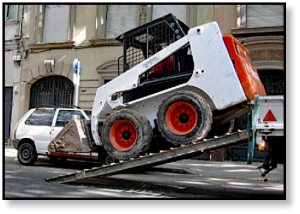
Wheel drives are commonly used on construction, forestry, and agricultural equipment. Examples include skid steers, combines, wheel loaders (aka, bucket loaders, front end loaders, backhoes), motor scrapers, sprayers, harvesters, and forklifts. They are termed wheel drives in part because they provide power to wheels as opposed to tracks.
A wheel drive can be used to drive multiple wheels if they are mechanically coupled, as in the case of a skid steer; otherwise, you would need one wheel drive per powered wheel. Most wheel drives consist of a radial piston hydraulic motor with a speed-reducing gear box and they are typically designed with a large displacement per revolution.
Travel Drive Motors
Like wheel motors, travel drive motors are used in a variety of industries including construction, material handling, and forestry. Travel drives are used on crawler-type machines such as excavators, feller-bunchers, skidders, mobile crushers, crawler cranes, crane shovels, and crawler tractors. They may also be used on some types of wheel rollers. Compared to wheel drives, they have a much higher gear ratio because they need to provide more torque and don’t need to provide as much speed.
Track Drive Motors
Track drives are primarily found on smaller excavators and compact track loaders (multi terrain loaders). They don’t provide as much torque as a travel drive and their gear ratio is smaller because they power smaller machines. Like wheel drives, they are usually radial piston motors but there axial piston models available, too. In addition, track drive motors are slower than wheel drive motors.
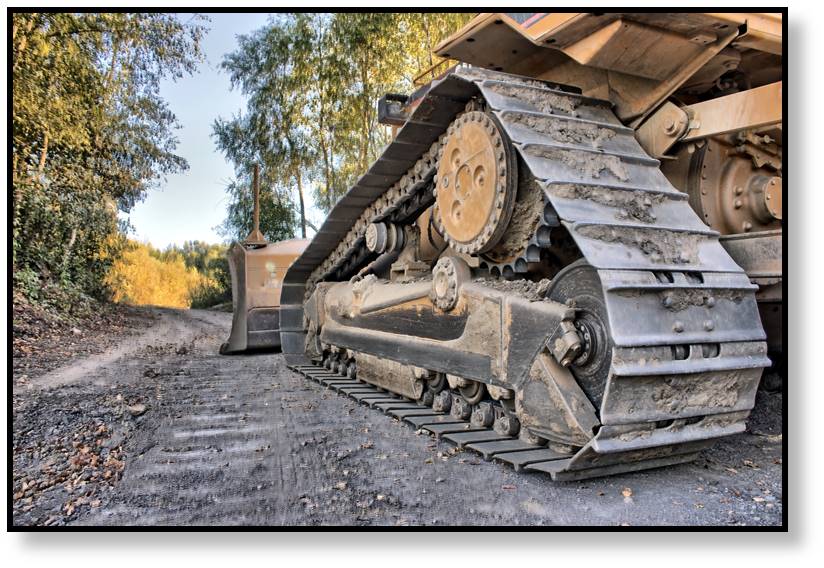
Slew Motors
Slew motors, also referred to as swing motors or swing drive motors, provide rotation. For example, a slew motor is what enables the house of a mini excavator to rotate 360°. While still hydraulic motors, they serve a very different purpose from drive motors and thus are designed differently. They are found on excavators, concrete pumps, cranes, and utility vehicles. On excavators (wheeled, tracked, and compact), they are usually axial piston hydraulic motors.
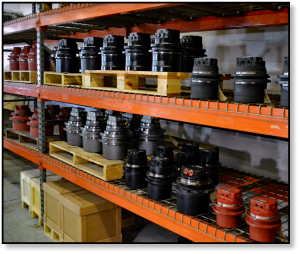
Travel Motors and Slew Motors
One of the many ways of classifying hydraulic motors is by the function they perform, starting with slew motors and travel motors. The term travel motors covers wheel drive motors, travel drive motors, and track drive motors – each performing their own special function. Slew motors are used to provide rotation, such as rotating the housing on an excavator. And remember, if you are looking for replacement travel motors, give us a call at 1-888-9 FINALS or fill out one of our Rapid Response Quotes.

